bhofack2/iStock/GettyImages
Rain, or more precisely the humidity and lower atmospheric pressure that goes along with it, affects all baking -- confections, cookies and cakes alike. There aren't any hard-and-fast guidelines to follow when it comes to adjusting baking techniques on a rainy day, but you can minimize the effects of humidity by adjusting a recipe's variables. A humidifier and air conditioner help too.
Store Ingredients Properly
Moisture finds a way to make it into every starch granule, sugar grain and leavening agent if it has access, so store susceptible cake ingredients in airtight containers. If you live in a perpetually humid or wet area, store flours, sugar and leavening agents -- including yeasts, baking powder and baking soda -- in airtight storage containers year round. If your area only goes through humid spells or rainy seasons, transfer the susceptible ingredients to airtight containers a couple of weeks in advance.
Reduce the Water
If your ingredients scale out a bit heavy when you weigh them, or if you're starting your cake during a rain, reduce the amount of water the cake recipe calls for by 1/3 and reserve the leftover water. Mix the batter and rely on your senses to determine whether you need to add a bit of the reserved water. If the batter looks dry or too sluggish, add some water 1 or 2 teaspoons at a time, incorporate it thoroughly and see where it stands. This also applies if the batter feels too tacky or sticks to the sides of the bowl more than usual. Just add a bit of liquid at a time until it feels right.
Adjust the Baking Time or Temperature
Only adjust baking times if it's your last recourse, and then only if you have an oven thermometer to check whether your oven is baking at the temperature you set it to. Attach an oven thermometer to the rack and set the oven to the desired temperature. You have to calibrate your oven if it doesn't hit the mark, but in the mean time adjust the temperature as needed until the thermometer reads the temperature it should for baking the cake. Increase the oven temperature by 15 degrees Fahrenheit when baking a shortening-based cake on humid, rainy days. Decrease the baking time by 5 minutes when baking other types of cakes on humid days, because the atmospheric pressure is lower on rainy days and moisture evaporates faster. Don't increase both the baking time and the oven temperature; choose one or the other.
Alter Cake Decorations
Humidity affects the decorating of cakes as much as it does the baking. Sticky cake tops, drooping fondant and colors bleeding from icing and bubbling buttercream all occur in humid conditions. To stiffen frosting, icings and buttercream and make them less susceptible to humidity, add about 2 tablespoons of cornstarch for every 3 cups of buttercream, frosting or icing your recipe yields. When making airy frostings, or those made with egg whites, sugar or corn syrup, reduce the water in the recipe. The amount of water to reduce depends on the heat index and relative humidity, but start by cutting 1 teaspoon from every 1/3 cup of water called for in the recipe on rainy days and then add those teaspoons as needed. Cakes often develop a sticky top on rainy days, making frosting them a "sticky" endeavor. Simply place the cake in the freezer after it cools to room temperature and frost it after it freezes.
Related Articles
Does Humidity Affect Baking Times?
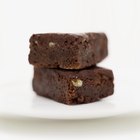
Altitude Tips for Baking Brownies
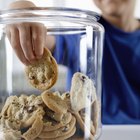
Can Humidity Affect Cookies?

How to Cook Brownie Cupcakes Without ...
What Causes My Cake to Fall When ...
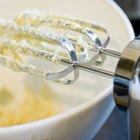
Does Baking Soda Affect the Height of a ...

Does Seven-Minute Frosting Need to Be ...

How to Defrost a Frozen Cake With ...

Proper Storage of a Carrot Cake
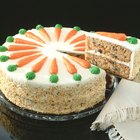
Can Softened Frosting Harden Over a ...

How to Keep a Wedding Cake with ...
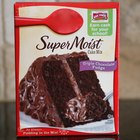
How to Improve a Box Cake Mix for ...

How to Make a Two-Layered Birthday Cake ...

What Are the Functions of Cream of ...

What Do You Use to Make Fondant Stick?
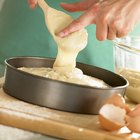
How to Make a Box Cake Mix Taste Better

What Will Happen if You Refrigerate ...
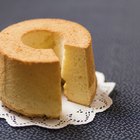
How to Keep Chiffon Cake From Shrinking
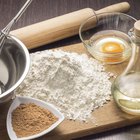
How to Stop Cakes From Dropping
Best Homemade Cream Cheese Icing Recipe
References
Writer Bio
A.J. Andrews' work has appeared in Food and Wine, Fricote and "BBC Good Food." He lives in Europe where he bakes with wild yeast, milks goats for cheese and prepares for the Court of Master Sommeliers level II exam. Andrews received formal training at Le Cordon Bleu.